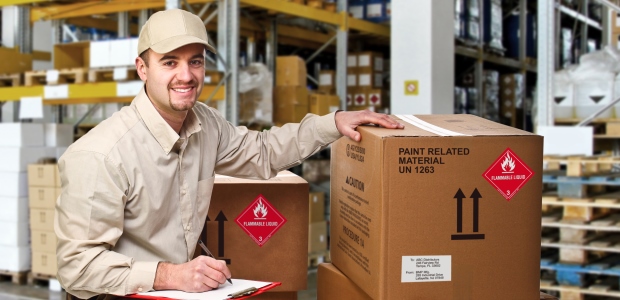Introduction
Learn key safety practices, regulations, and best tips for transporting hazardous materials safely and compliantly in global HAZMAT logistics.

1. Understanding Hazardous Materials
Hazardous materials are substances that pose significant risks during transportation due to their chemical, physical, or biological properties. These materials are classified into various categories, including explosives, gases, flammable liquids, toxic substances, and radioactive materials. Each category has specific handling, packaging, and labeling requirements to mitigate potential hazards.
2. Regulatory Frameworks Governing HAZMAT Shipping
Several international and national regulations govern the transportation of hazardous materials:
- International Maritime Dangerous Goods (IMDG) Code: Established by the International Maritime Organization (IMO), the IMDG Code provides guidelines for the safe transport of dangerous goods by sea. It became mandatory under the International Convention for the Safety of Life at Sea (SOLAS) in 2004 .
- Hazardous Materials Transportation Act (HMTA): Enacted in the United States in 1975, the HMTA regulates the transportation of hazardous materials to protect against risks to life, property, and the environment. It encompasses packaging requirements, material designations, labeling, and operational rules .
- Federal Regulations (49 CFR): In the U.S., the Department of Transportation (DOT) enforces regulations under Title 49 of the Code of Federal Regulations, detailing requirements for shipping papers, labeling, packaging, and training.
3. Best Practices for Safe HAZMAT Shipping
Top HAZMAT Shipping Safety Tips
Ensure safe hazardous materials transport with these key practices:
- Durable Packaging: Use certified, stress-resistant packaging to prevent leaks.
- Clear Labeling & Docs: Include proper hazard labels and detailed shipping papers.
- Employee Training: Train staff on HAZMAT handling, emergency response, and updates.
- Safe Vehicles & Routes: Choose well-equipped vehicles and avoid high-risk areas.
Following these steps enhances compliance, safety, and efficiency in HAZMAT logistics.
Conclusion
Safe HAZMAT transportation is a collective duty—requiring compliance, best practices, and evolving technology. Ongoing training and regulatory awareness are vital for reducing risks and protecting public health and the environment. Companies can boost safety and efficiency by partnering with experts like Jansson LLC and leveraging advanced logistics solutions.



